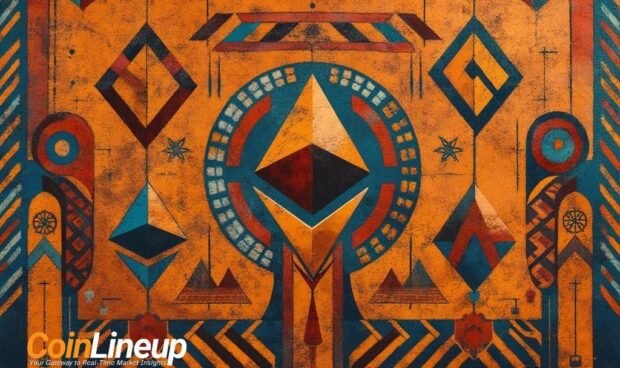Bitcoin and Ethereum rely on chains where one block must confirm before the next begins. This design secures transactions but slows the system down. Directed Acyclic Graphs (DAGs) offer a different path. By allowing many transactions to be confirmed in parallel, DAGs form a web-like structure instead of a strict chain. This setup removes bottlenecks, improves speed, and makes large-scale use more practical.
Several projects have already explored DAG frameworks. IOTA gained attention early, while Kaspa proved in 2023 and 2024 that DAG-based designs could support both speed and decentralization. BlockDAG is the next step in that story. It combines DAG with Proof-of-Work, anchoring itself to the proven security of mining while also unlocking parallel confirmation.
The Strength of Building Quietly
BlockDAG’s structure can process 10 blocks per second, already faster than many existing Layer 1 chains. By blending DAG with Proof-of-Work, it avoids the trade-offs that usually appear when projects chase scalability at the cost of security. This balance helps BlockDAG present itself as more resilient and future-ready than single-model networks.
Compatibility also adds weight to its case. BlockDAG works with Ethereum’s framework, so developers can shift their applications over without starting from scratch. That means more than 4,500 developers are already building 300 dApps for launch, giving the chain a pipeline of real use cases before it even goes live.
Numbers back this up. Nearly 19,400 hardware miners have also been purchased, adding another $7.8 million in sales. This isn’t abstract growth. Buyers from Batch 1 are already up 2,660% compared to today’s batch price.
Why Analysts Believe $1 Is Possible
Several elements need to align for BlockDAG to climb toward the $1 mark:
- Capital Base: BlockDAG could enter mainnet with one of the largest war chests of 2025. That kind of funding provides a cushion for both adoption and development
- Community Scale: More than 2.5 million mobile miners and over 200,000 holders are engaged already. Unlike many Layer 1 launches, BlockDAG won’t start from zero
- Developer Activity: With thousands of builders working on hundreds of applications, BlockDAG’s ecosystem will be live from day one. Sustained adoption depends on real usage, and the groundwork is already being laid.
- Scarcity Potential: At the current $0.0276 price, reaching $1 would mean a 35x climb. That figure may sound ambitious, but when combined with adoption and growth, it becomes more plausible than pure hype.
The DAG Storyline Driving Market Attention
Momentum in crypto often comes from themes. Layer 2 scaling dominated in 2024, modular blockchains gained traction earlier, and now DAG-based designs are drawing more attention. Kaspa’s rise showed that the market rewards projects that break free of linear bottlenecks. BlockDAG is stepping into that narrative with stronger adoption numbers and deeper traction.
There are still hurdles ahead. DAG systems must prove they can scale globally, and Proof-of-Work always raises questions around energy use. BlockDAG’s test will be how well it manages both while expanding real-world adoption.
Still, the progress is hard to argue with: 25.3 billion coins sold, nearly 19,400 miners shipped, and millions of users already engaged. Few projects reach this point even after launch.
A Clear Path to the $1 Target
BlockDAG is not built on fleeting hype but on a bet that DAG structures can solve blockchain’s scaling problem. If momentum is maintained among developers and users, the $1 goal is not just possible; it is grounded in numbers and adoption.
In a year when the market is searching for substance over spectacle, DAG may emerge as the next defining theme. BlockDAG, with its hybrid design and record-setting growth, is well placed to lead that shift.

